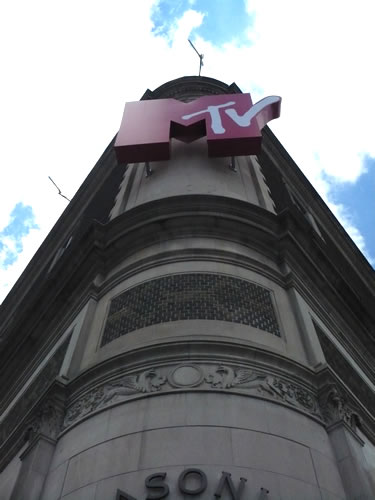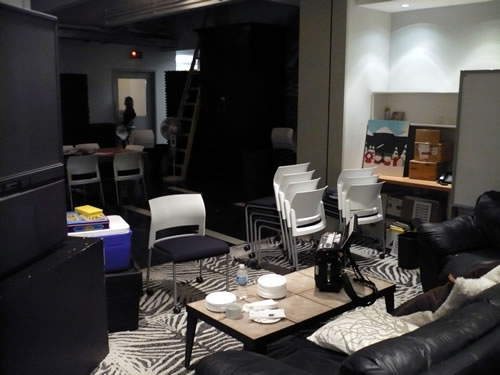
A scene from Worst Date Ever, Part 4, just before it all went to Hell. I’m the guy with the only unblurred face; in the front row are Crabs, The Waitress and me.
Old Blog Entries? Why?
One of the downsides of switching domains (from accordionguy.blogware.com to joeydevilla.com) and blogging tools is that all the links to my old blog entries have changed completely. I’ve received a number of emails from readers who’ve bookmarked old entries of mine only to find that when they visit those bookmarks, they hit the “can’t find it” page.
So, over the next couple of weeks, I’m going to point to some of my best entries over the past six or so years. If you’re a long-time reader, go enjoy them again! If you’re relatively new to this blog, I think you’ll be in for a treat.
The Best Christmas Present Ever and Worst Date Ever
The first set of stories I’ll point to is Worst Date Ever, which took place around the spring of 1999. It starts with a bout of loneliness and turns into a story complete with strong language, adult situations, a bar brawl, butterscotch schnapps, iambic pentameter and ABBA.
Start with The Best Christmas Present Ever, which features my friend Crabs, who figures prominently in the Worst Date Ever story. While it’s not likely to ever be turned into a Hallmark Cards Christmas Special on TV, I think it’s a pretty good story about the true meaning of Christmas, and the only Yuletide story featuring crab lice.
Then, you can hit the Worst Date Ever entries…
- Worst Date Ever, Part 1
- Worst Date Ever, Part 2
- Worst Date Ever, Part 3a
- Worst Date Ever, Part 3b
- Worst Date Ever, Part 4
- Worst Date Ever, Part 5
- Worst Date Ever, Denouement Part 1
- Worst Date Ever, Denouement Part 2
I hope this provides you with some entertaining weekend reading. Enjoy!




 I was pleased to find out that I’d be doing the segment
I was pleased to find out that I’d be doing the segment 













